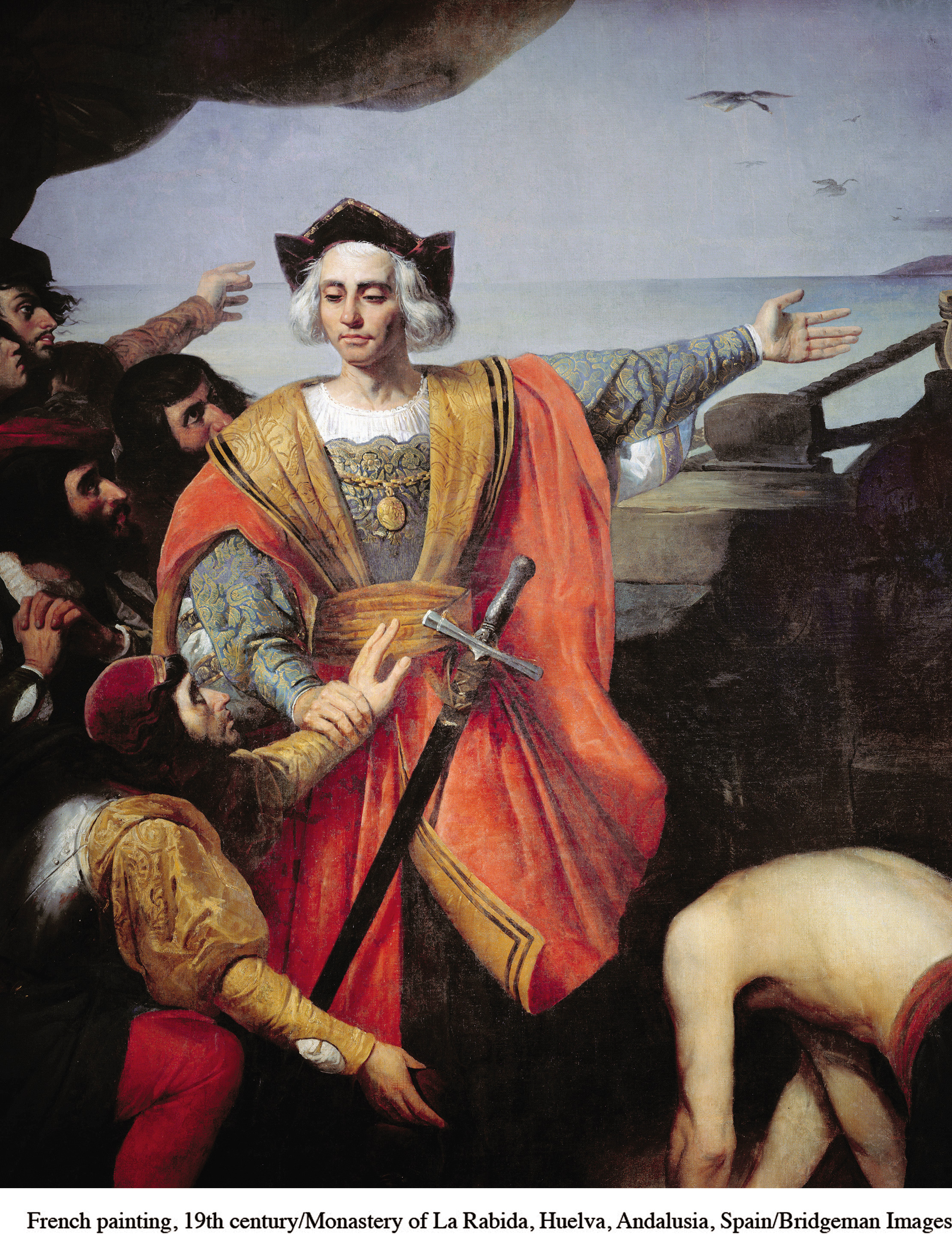Introduction to Chapter 12
CHAPTER 12
The Worlds of the Fifteenth Century

The Shapes of Human Communities
Paleolithic Persistence: Australia and North America
Agricultural Village Societies: The Igbo and the Iroquois
Pastoral Peoples: Central Asia and West Africa
Civilizations of the Fifteenth Century: Comparing China and Europe
Ming Dynasty China
European Comparisons: State Building and Cultural Renewal
European Comparisons: Maritime Voyaging
Civilizations of the Fifteenth Century: The Islamic World
In the Islamic Heartland: The Ottoman and Safavid Empires
On the Frontiers of Islam: The Songhay and Mughal Empires
Civilizations of the Fifteenth Century: The Americas
The Aztec Empire
The Inca Empire
Webs of Connection
A Preview of Coming Attractions: Looking Ahead to the Modern Era, 1500–2015
Reflections: What If? Chance and Contingency in World History
Zooming In: Zheng He, China’s Non-Chinese Admiral
Zooming In: 1453 in Constantinople
Working with Evidence: Islam and Renaissance Europe
“Columbus was a perpetrator of genocide …, a slave trader, a thief, a pirate, and most certainly not a hero. To celebrate Columbus is to congratulate the process and history of the invasion.”1 This was the view of Winona LaDuke, president of the Indigenous Women’s Network, on the occasion in 1992 of the 500th anniversary of Columbus’s arrival in the Americas. Much of the commentary surrounding the event echoed the same themes, citing the history of death, slavery, racism, and exploitation that followed in the wake of Columbus’s first voyage to what was for him an altogether New World. A century earlier, in 1892, the tone of celebration had been very different. A presidential proclamation cited Columbus as a brave “pioneer of progress and enlightenment” and instructed Americans to “express honor to the discoverer and their appreciation of the great achievements of four completed centuries of American life.” The century that followed witnessed the erosion of Western dominance in the world and the discrediting of racism and imperialism and, with it, the reputation of Columbus.
This sharp reversal of opinion about Columbus provides a reminder that the past is as unpredictable as the future. Few Americans in 1892 could have guessed that their daring hero could emerge so tarnished only a century later. And few people living in 1492 could have imagined the enormous global processes set in motion by the voyage of Columbus’s three small ships—
Thus, in historical hindsight, that voyage of Columbus was arguably the single most important event of the fifteenth century. But it was not the only significant marker of that century. A Central Asian Turkic warrior named Timur launched the last major pastoral invasion of adjacent civilizations. Russia emerged from two centuries of Mongol rule to begin a huge empire-
Because the fifteenth century was a hinge of major historical change on many fronts, it provides an occasion for a bird’s-
| A MAP OF TIME | |
|---|---|
| 1345– |
Aztec Empire in Mesoamerica |
| 1368– |
Ming dynasty in China |
| 1370– |
Conquests of Timur |
| 15th century | Spread of Islam in Southeast AsiaCivil war among Japanese warlordsRise of Hindu state of Vijayanagara in southern IndiaEuropean RenaissanceFlourishing of African states of Ethiopia, Kongo, Benin, Zimbabwe |
| 1405– |
Chinese maritime voyages |
| 1415 | Beginning of Portuguese exploration of West African coast |
| 1438– |
Inca Empire along the Andes |
| 1453 | Ottoman seizure of Constantinople |
| 1464– |
Songhay Empire in West Africa |
| 1492 | Christian reconquest of Spain from Muslims completed; Columbus’s first transatlantic voyage |
| 1497– |
Portuguese entry into the Indian Ocean world |
| 1501 | Founding of Safavid Empire in Persia |
| 1526 | Founding of Mughal Empire in India |
SEEKING THE MAIN POINT
What predictions about the future might a global traveler in the fifteenth century have reasonably made?